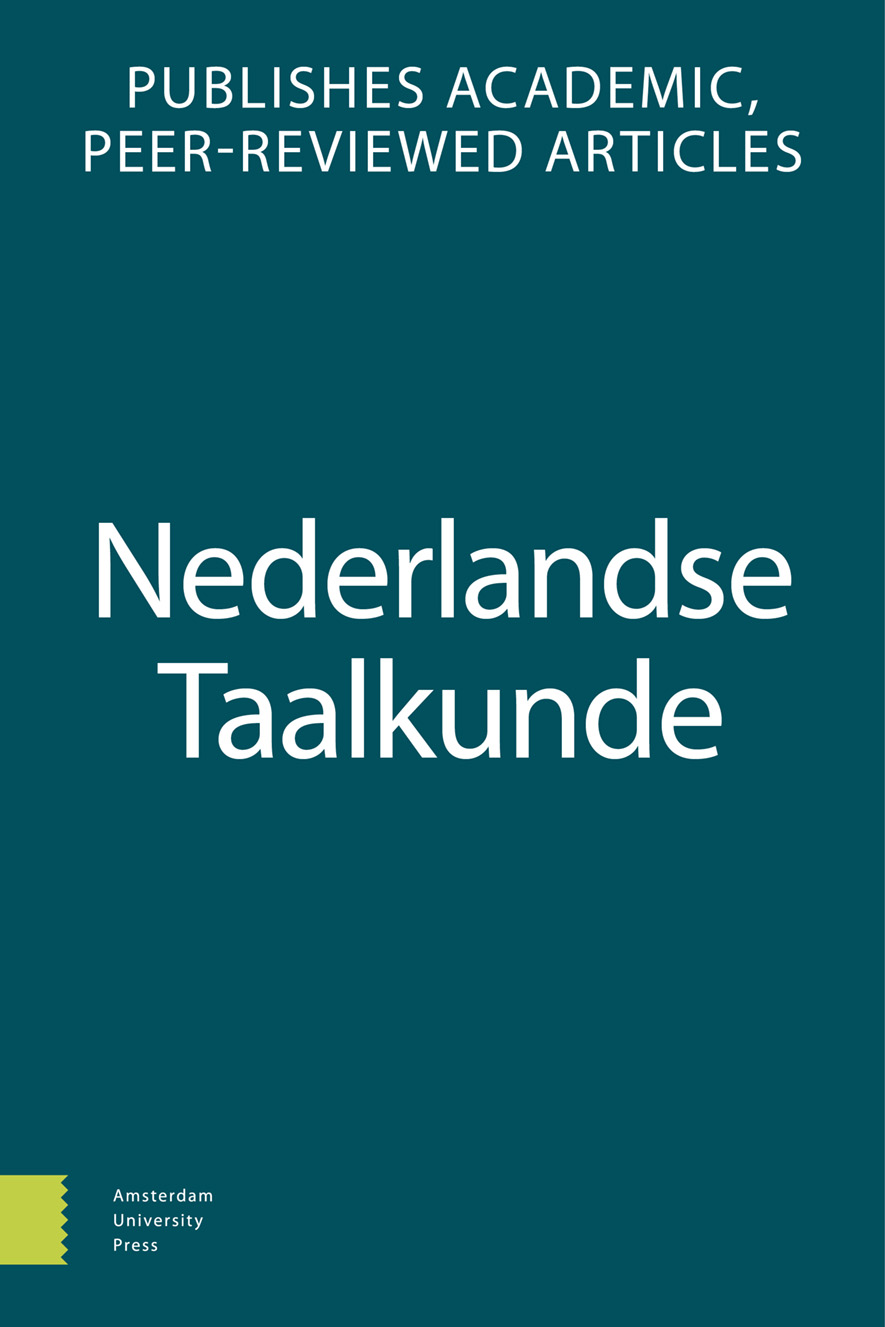-
oa First language effects on the identification and evaluation of second language speech
The case of second language Dutch as spoken by Francophone learners
- Amsterdam University Press
- Source: Nederlandse Taalkunde, Volume 26, Issue 2, Oct 2021, p. 171 - 194
Abstract
In Belgium, Dutch as spoken by Francophone learners is relatively frequent in political, commercial or educational contexts. While the characteristics of this second language (L2) variety have been studied extensively, there is to date no systematic report of how it is evaluated by either native speakers of Dutch or non-natives. Previous studies conducted in other language contexts have found that non-natives tend to be very critical towards L2 accents similar to their own. The main goal of the present study is to investigate the extent to which the listener’s first language (L1) impacts ratings of the fluency, accentedness and comprehensibility of L2 Dutch as spoken by Francophone learners and how it impacts the identification of the speakers’ L1. Specifically, we compared ratings by three groups of listeners: Francophone learners of Dutch, native speakers of Belgian Dutch and native speakers of Netherlandic Dutch. Moreover, the extent to which three additional cognitive and environmental factors influence L2 ratings is examined: listeners’ familiarity with the L2 variety, their language aptitude and language proficiency. The results show that the majority of native and non-native listeners recognized the speakers’ L1 (French). Non-native listeners perceived L2 speech as less fluent, less comprehensible and more accented than natives did, which corroborates the previously reported critical attitudes towards a shared L2 accent. Moreover, subtle differences in accent and fluency ratings were found between the Netherlandic Dutch and the Belgian Dutch listeners. No clear effects of other cognitive and environmental factors appeared in the ratings.


